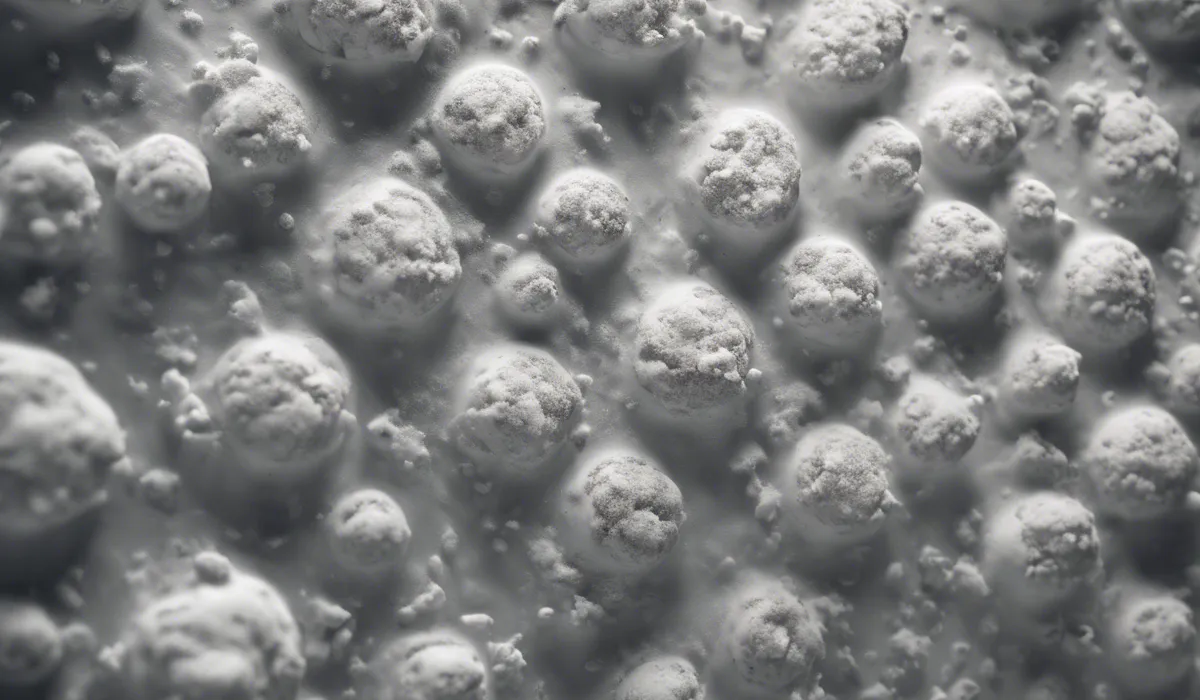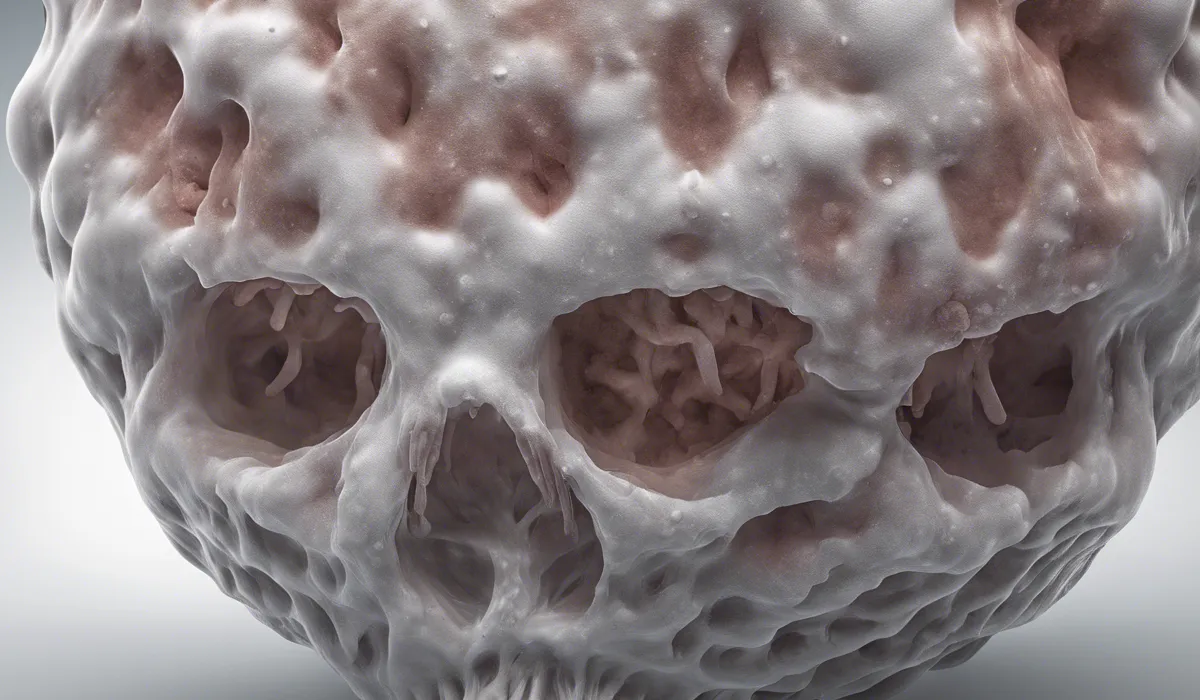Mold is generally not good for health, posing risks like respiratory issues and allergic reactions. Some molds produce mycotoxins, harmful substances that can lead to illness. Only in controlled environments, such as penicillin production, is mold beneficial.
Understanding Mold and Its Various Forms

What is Mold?
Mold is a type of fungus that grows in multicellular structures called hyphae. These tiny organisms are found almost everywhere in our environment, both indoors and outdoors.
Mold plays a crucial role in nature by breaking down dead organic material, such as leaves, wood, and plants.
It thrives in moist, warm conditions and can spread quickly by releasing spores into the air.
Common Types of Mold in Our Surroundings
There are thousands of mold species, but a few are more common in our environment. For example, Cladosporium is often found on plants and in the air.
Another, Penicillium, is typical in soil and food items. Aspergillus may grow on grains and starchy foods, and Stachybotrys, known as black mold, can appear in water-damaged buildings.
Benign vs. Harmful Mold
Not all molds are dangerous. Many types of mold have no effect on most people. However, some molds can be harmful, especially to those with allergies or weakened immune systems.
To tell them apart, we need to consider the environment they grow in and their color and texture. Harmful molds often have a strong, musty smell and may cause health problems if not removed promptly.
Potential Health Benefits of Certain Molds

The Miracle of Penicillin
Penicillin, the world’s first antibiotic, was discovered from the mold Penicillium. It has saved countless lives by treating bacterial infections.
The mold stops bacteria from building their cell walls, causing them to die. This discovery revolutionized medicine and opened the door to the development of many more antibiotics.
Mold’s Role in Cheese and Fermented Foods
Some of the best-loved cheeses owe their unique flavors and textures to mold. Blue cheese, Brie, and Camembert are examples of cheeses where mold is used safely in the production process.
Mold is also essential in fermenting foods like soy sauce and tempeh, adding to their nutritional value and taste.
Mold in Environmental Cleanup
Mold plays a vital role in breaking down organic matter, which helps in soil enrichment and decomposition.
Certain molds are even used in bioremediation to clean up hazardous waste. They break down or absorb pollutants from the environment, making mold an ally in ecological conservation efforts.
Risks and Health Issues Associated with Mold Exposure

Allergies and Respiratory Problems from Mold
For many people, exposure to mold can lead to allergic reactions, such as sneezing, red eyes, a runny nose, and a skin rash.
Mold can also exacerbate asthma and lead to other respiratory issues, including difficulty breathing and chest tightness. These symptoms can be particularly severe in sensitive individuals.
The Dangers of Mycotoxins
Some molds produce toxic substances called mycotoxins. These can be found in moldy food and airborne spores.
Mycotoxins are capable of causing illness in humans and animals, and long-term exposure can lead to more severe health issues, including liver damage and certain cancers.
Preventing and Managing Mold at Home and Work
It is essential to manage mold exposure in our living and working environments. Reducing humidity, fixing leaks, and ensuring good ventilation can help prevent mold growth.
If mold is found, it should be cleaned and removed immediately to protect health and prevent it from spreading.
Professional Assessment and Remediation
If you suspect a significant mold problem, it is wise to seek professional help. Experts can assess the situation and determine the best course of action.
They have the tools and knowledge to safely and effectively remove mold, ensuring that your environment is clean and healthy.
FAQs About Mold and Health
Is mold exposure always harmful to your health?
While not all molds are harmful, many can pose health risks such as respiratory issues and allergic reactions, especially with prolonged exposure.
Can mold ever be beneficial for you?
Mold is beneficial in controlled environments, like in the production of antibiotics such as penicillin, but it is generally not beneficial to health when found in homes or workplaces.
What are mycotoxins and are they dangerous?
Mycotoxins are toxic substances produced by some molds and can lead to illness if ingested, inhaled, or touched, thus they are considered dangerous.
How does mold contribute to respiratory issues?
Mold exposure can irritate the airways, cause allergic reactions, and exacerbate conditions like asthma, leading to various respiratory issues.
What should I do if I find mold in my living space?
If you find mold in your living space, it is important to remove it using proper cleaning methods or hire a professional to ensure it is safely and thoroughly eliminated.
Final Thoughts
Mold predominantly poses health risks, including respiratory problems and allergic reactions, with certain types producing mycotoxins that can cause serious illness.
Its benefits are limited to specific, controlled applications, such as the production of penicillin, and do not extend to general exposure in everyday environments.
Useful Resources
- http://www.fsis.usda.gov/food-safety/safe-food-handling-and-preparation/food-safety-basics/molds-food-are-they-dangerous
- https://www.fsis.usda.gov/sites/default/files/media_file/2021-02/Molds_on_Food.pdf
- https://www.uaex.uada.edu/counties/miller/news/fcs/food-safety-preservation-appliances/mold-can-have-benefits-just-not-on-our-food.aspx
